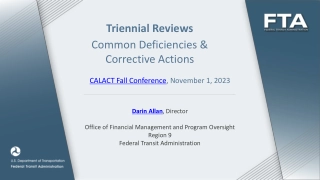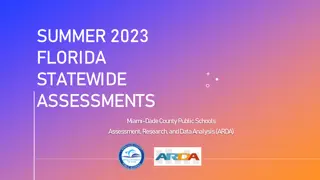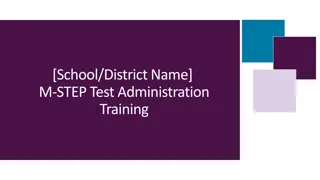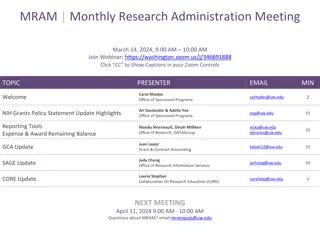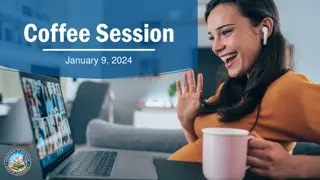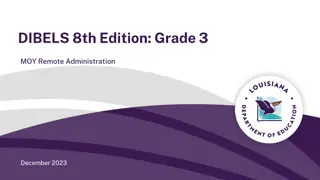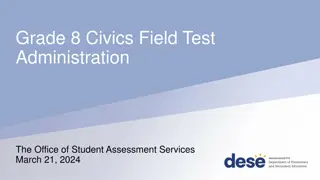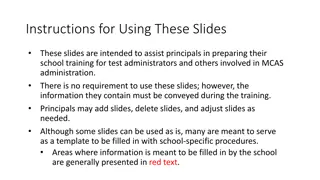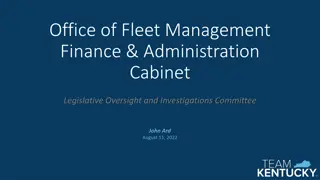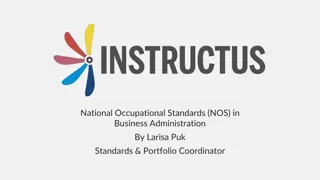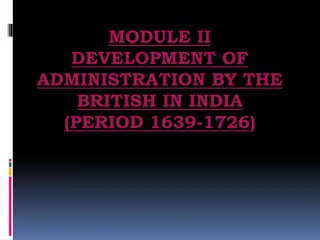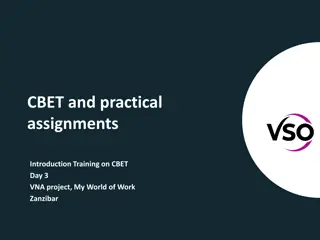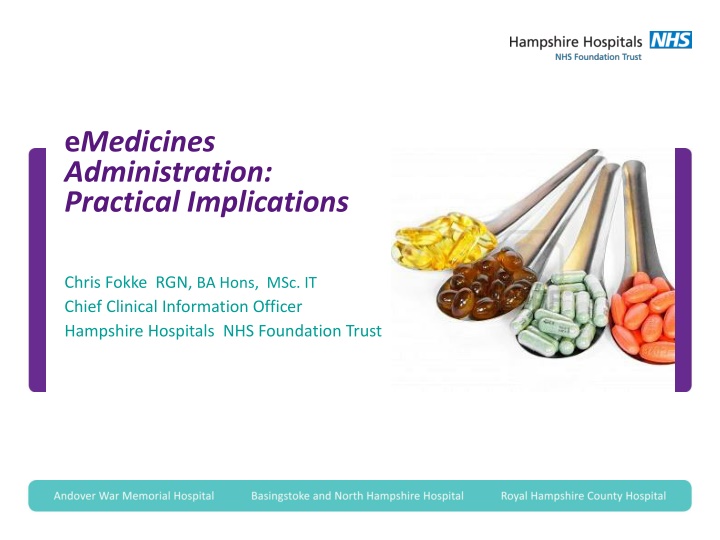
Practical Implementation of E-Medicines Administration in Healthcare Settings
Explore the successful transition from paper-based to e-medicine administration at Hampshire Hospitals NHS Foundation Trust, including practical insights, lessons learned, and professional considerations. Discover the standards, policies, and training strategies employed to ensure accurate and efficient medication management processes.
Download Presentation

Please find below an Image/Link to download the presentation.
The content on the website is provided AS IS for your information and personal use only. It may not be sold, licensed, or shared on other websites without obtaining consent from the author. If you encounter any issues during the download, it is possible that the publisher has removed the file from their server.
You are allowed to download the files provided on this website for personal or commercial use, subject to the condition that they are used lawfully. All files are the property of their respective owners.
The content on the website is provided AS IS for your information and personal use only. It may not be sold, licensed, or shared on other websites without obtaining consent from the author.
E N D
Presentation Transcript
eMedicines Administration: Practical Implications Chris Fokke RGN, BA Hons, MSc. IT Chief Clinical Information Officer Hampshire Hospitals NHS Foundation Trust
Session overview Share experiences from HHFT regarding changing from paper-based to Emedicine administration Concentrate on practical approach on how roll out was achieved successfully Lessons learnt and opportunities
Professional context to introduce Emediciness administration Include operational & senior staff in preparing for Go Live and process changes Nursing had anxiety regarding professional accountability (NMC code of conduct)
Section 4 Standard 8 (NMC, 2010) http://www.nmc-uk.org/Documents/NMC- Publications/NMC-Standards-for-medicines- management.pdf Accurate and immediate recording needs to include reasons for withholding or not administering medicines
Appendix B Medicines Policy Process for Administering Medications using e-Prescribing system (JAC) Nurse checks: Patient Name Nurse checks Log on to JAC and access the Patient Record using CHART or POE Click Order Inquiry for prescription details (as per NMC guidelines) Date of Birth Admin chart or 24 PAC NHS number for duplicates Allergies Take drug, lap-top and a witness (if required) to the patient Check wrist band Observe Patient taking the medication Collect drug, check or calculate dose check expiry date Information against the chart Sign for admin by double clicking the Admin date column then Read any note attached to the medication, take action if applicable Click green CHART button Close note page When the medication round is completed close the JAC records. Once all medication given to a patient close their record and continue to the next Complete the PRN section of the CHART as the patient requires Log off the JAC using the Log off button.
Training/Support when rolling out Training 3 weeks prior to go live all shifts Ward based Refresher session 1 week prior go live Ward Based go live Support 24 x 7 Nurses Group Dedicated Training Doctors One on One training E-learning package E-learning assessment
Practical deployment Avoid Mondays! Accompany all nurses on first shift and floor walk Attend Doctor ward rounds on rollout day and the next day Pharmacy start early transcribing- electronic stickers on notes Introduced Shift Work in project team. Programme manager accessible and responsive
Practical deployment High visible presence during rollout Introduce a 24/7 bleep for help/support Mobile phones for the team Keep issue log and respond immediately Allow emergency pain relief paper charting in critical areas or situations (Recovery/ED) Set up user groups
Go live and day-to-day considerations Business continuity plan (BPC) Communicate to staff to revert back to paper Have local Disaster Recovery folder Be clear about roles and responsibilities How do paper charts get to wards How do patient profiles get to wards How do you transcribe back into electronic system Documentation of plan and triggers in IT support team
Emedicines administration Quality/Safety Design and develop front-end using clinical engagement No information is lost, strong IG/security E-discharge information Pin-pointing to root causes much easier Re-use e-information for different purposes (e-Drug chart/Admission/Discharge)
Next EPR release will make E-Drug chart Usable according to staff s needs
Conclusion Our experience of E-prescribing and administration Fast track change in practice works and minimises risk to patients (transition of electronic versus paper) Kinder on users (many worry- unnecessarily- about change in practice) Robust control of project due to short timeline Fast adaptation of new practice Needs careful investment and preparation to succeed
Conclusion Beyond the embedding phase Flexible use of e-prescribing/medicine management information Golden source of info regarding e-discharge summaries DR/BAU needs to be regularly monitored/managed. True clinical business critical system Initial change in practice is difficult, but the rewards from a safety and efficiency perspective is worth it
Thank you Chris Fokke Chief Clinical Information Officer Hampshire Hospitals NHS Foundation Trust Aldermaston Road Basingstoke RG24 9NA 01256 31(4936) 078272 34134 Chris.Fokke@hhft.nhs.uk




